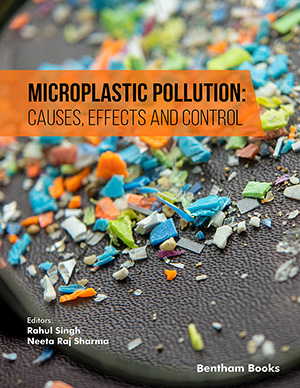Abstract
Microplastics pose an imminent risk to the marine environment, biota, and
ecosystem. Their consumption threatens organisms because of the material's ability to
absorb and concentrate environmental contaminants in oceans and then transfer them
through food chains. Microplastic may harm soil biota, such as earthworms, and can
alter soil biophysical parameters, such as soil bulk density, aggregation, and water-holding capacity. To find alternatives to microplastics, scientists have developed
biodegradable plastics that can be discarded in the environment and broken down
quickly by the enzymatic activity of micro-organisms. Bioplastics are made from
biological or renewable components. The bioplastic produced from potato peels, corn,
sugarcane, wheat, rice, banana peels, and other natural materials is eco-friendly and
biodegradable. Bioplastic is also known as Low-carbon plastic. The use of low-carbon
plastic aids in the regulation of global temperature rise. It is used to make toys, home
interiors, shopping bags, bottles, labels, trash bags, and packaging materials. It has
wide applications for bone nails and tissue scaffolds in the medical industry. Its
development also faces other obstacles, including price difficulties, technical
improvements, and waste collection and treatment. Synthesis and characterization
methods will help overcome these obstacles. The present chapter will focus on
bioplastic and its types, the synthesis of bioplastic, the difference between microplastic
and bioplastic, and bioplastic as an alternative approach.
Keywords: Additives, Anthropogenic contaminants, Biocompatible, Biodegradable, Bioplastic, Biopolymer, Economic feasibility, Human health, Microplastic human, Microplastic ingestion, Multi-stress, Nano-plastics, PHA-based composites, PHA-producing bacteria, Plastic pollution, Plastic, Polyhydroxyalkonate, Polyhydroxy butyrate, Polystyrene microplastic, Waste feedstocks.













